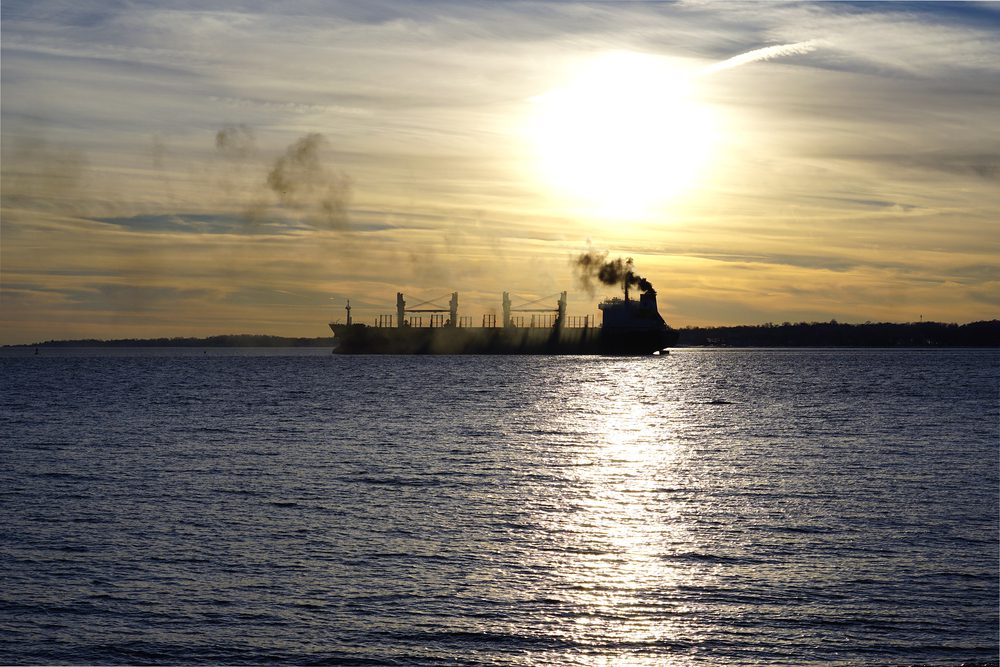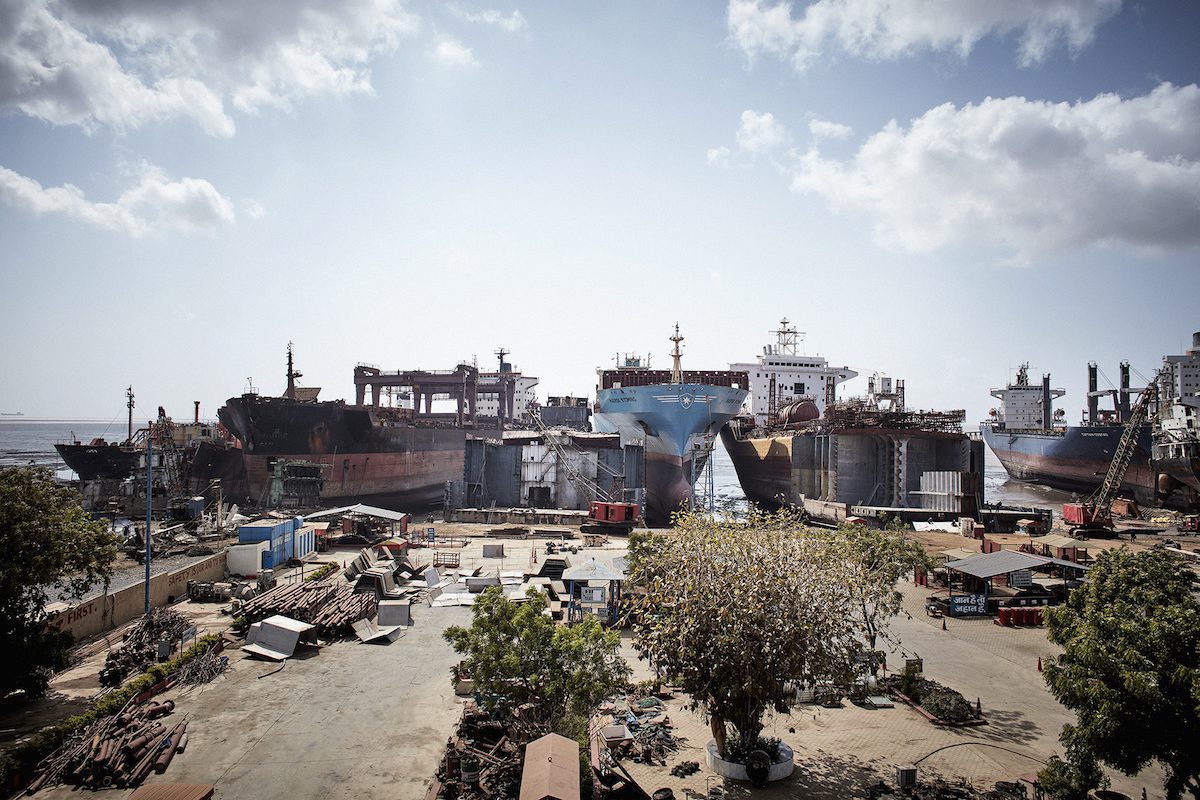By SM Moshiur Rahman,
In support of the United Nation’s Sustainable Development Goal 13, IMO set up an initial strategy to reduce CO2 emissions from shipping by 70% by 2050. To comply this requirement, a lot of research is going on at various university and industry levels.
The main source of CO2 production from shipping is the result of fossil fuel combustion which contains the hydrocarbon chain. So, we must look for carbon-free fuel or alternative power for ship propulsion.
The following alternatives can be considered:
- Nuclear power: This can be used to produce steam in the nuclear boiler which will operate a turbine to run the ship’s propulsion and power. But it has the possibility of tremendous environmental impact in case this nuclear reactor fails.
- Battery power: This can be used to operate a ship by electric motor propulsion. But it’s not yet suitable for the large vessels requiring a lot of power.
- Wind Power: Large wind sails or rotors can offer wind-assisted propulsion in motor vessels, but so far 100% wind propulsion is not commercially viable for large ocean-going ships. Progress is being made, however. A test of Norespower Rotor Sails installed on the tanker Maersk Pelican has confirmed an 8.2% fuel savings and associated CO2, while a Swedish consortium is aiming to launch a wind-driven car carrier that is expected to emit 90% less carbon dioxide than a conventional roll-on/roll-off (RoRo) by 2025.
- Hydrogen: Hydrogen can be used as cleaner and safer fuel to burn in the marine engine for propulsion and power instead of fossil fuel. But it is not freely available in nature, so therefore need to be produced in various ways (source). There are three processes we can produce Hydrogen as a fuel.
- Gray hydrogen – It is produced from LNG boil-off at 700-1100 degrees/C. This process also produces CO2 as a by-product during the manufacturing of H2. But this is very cost-effective; the average price of H2 will be $1-$2 per kg.
- Blue Hydrogen – This is also the same process as of Gray Hydrogen production. LNG is also used in this process. But the by-product CO2 is captured and stored before it goes into the atmosphere. In this way, the H2 production cost is higher than grey Hydrogen. Its cost is about $1.5- $2.5
- Green Hydrogen – This is produced by a water electrolysis process using electricity generated from renewables, like wind power or solar power. This is also a very expensive production process. The average price of H2 is $3 to $8 per kg.
- Ammonia: Professor MacFarlane, a chemist at Monash University in suburban Melbourne, says ammonia is as green as can be. “Liquid ammonia is liquid energy,” he says. “It’s the sustainable technology we need.” (Source). Ammonia as fuel will be one of the popular decarbonization solutions for future shipping because its energy density by volume is almost twice that of hydrogen. Its transportation is also easier than hydrogen. Based on the manufacturing process, generally there are two types of Ammonia we can produce:
- Industrial Ammonia: It is produced from LNG (CH4) and is mostly used for producing fertilizer. In this process, during LNG (CH4) conversion, a Huge amount of CO2 is produced as a by-product. Hence, we need to be captured and store this CO2 to prevent air pollution.
- Green Ammonia: In this process, renewable energy from wind or Solar is used to make ammonia from air and water. This is an environmentally friendly process and no CO2 is produced as a by-product. For Green ammonia, renewable electricity uses for a chemical reaction that makes ammonia. “Water reacts at the anode to make hydrogen ions (H+), which migrate to the cathode where they react with nitrogen (N2) from air to form ammonia.” (Source)
Transportation of hydrogen as a liquid is expensive as it requires -253°C temperature. At the same time, Ammonia requires -10°C under a bit of pressure.
Hence, considering the alternative of large carbon-free fuel consumption in shipping, NH3 will be the cost-effective and convenient solution in the future.
About the Author:
S M Moshiur Rahman is a professional Marine engineer with 17 years sailing on ships and has served as an Exclusive classification society surveyor and lead auditor with ABS Singapore and USA. He completed his Masters of Engineering degree from the University of Alabama, Birmingham, USA, after studying Marine Engineering at South Tyneside college, UK and obtained the Marine Chief Engineer Certificate of Competency from the Maritime and Coast Guard Agency, UK in 2002. He is Currently working as Marine Engineering Faculty member at Glasgow and living in Glasgow , UK.

 Join The Club
Join The Club











